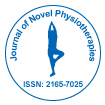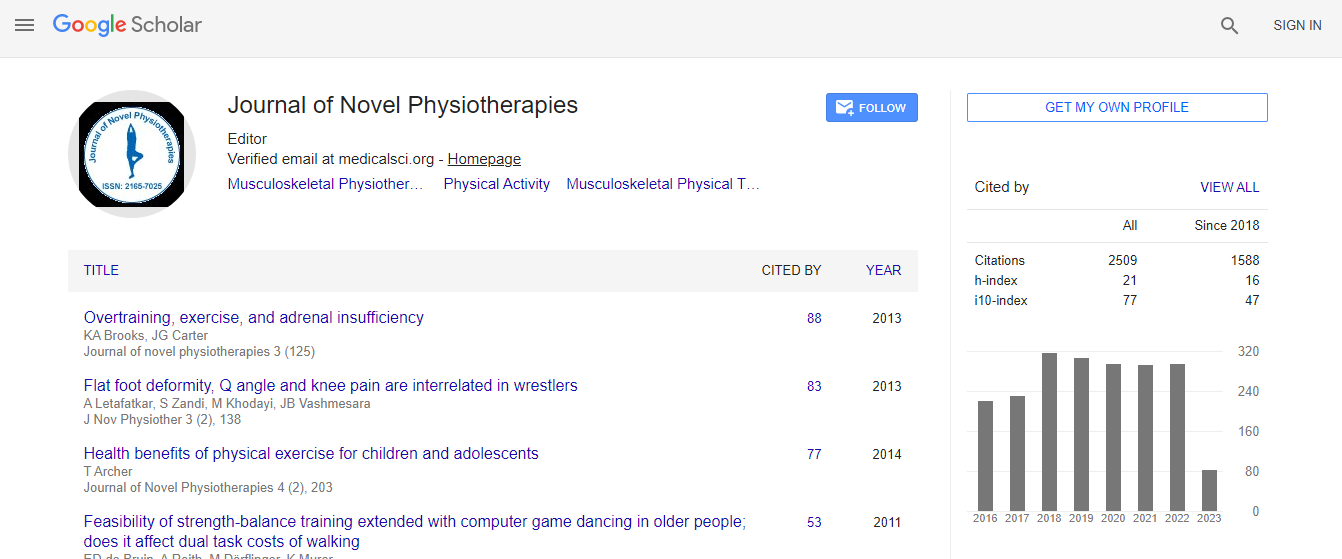Commentary
Objective Quantification of Wrist and Finger Spasticity: An Alternative to Current Clinical Measurements: A Commentary
| Peter William Stubbs1,2*, Krystian Figlewski1 and Jørgen Feldbæk Nielsen1 | |
| 1Hammel Neurorehabilitation Hospital and Research Center, Aarhus University, Denmark | |
| 2Neuroscience Research Australia, Margarete Ainsworth Building, Barker Street, Australia | |
| Corresponding Author : | Peter William Stubbs Hammel Neurorehabilitation Hospital and Research Center Aarhus University, 15 Voldbyvej, 8450 Hammel, Denmark Tel: +4578419040 Fax: +4578419677 E-mail: peter.stubbs@hammel.rm.dk |
| Received July 01, 2014; Accepted August 20, 2014; Published August 23, 2014 | |
| Citation: Stubbs PW, Figlewski K, Nielsen JF (2014) Objective Quantification of Wrist and Finger Spasticity: An Alternative to Current Clinical Measurements: A Commentary. J Nov Physiother 4:220. doi: 10.4172/2165-7025.1000220 | |
| Copyright: © 2014 Stubbs PW, et al. This is an open-access article distributed under the terms of the Creative Commons Attribution License, which permits unrestricted use, distribution, and reproduction in any medium, provided the original author and source are credited. | |
Abstract
Contractures and spasticity are two commonly occurring phenomena following neurological lesions. These require different medical management but are often difficult to separate using the current clinical methods. This commentary outlines a newly available device (the Neuroflexor™) used to quantify the elastic, viscous and reflex components of wrist/finger stiffness. The device and algorithm used to quantify stiffness is described. In addition, positive and negative aspects of the device and considerations for use are provided.

 Spanish
Spanish  Chinese
Chinese  Russian
Russian  German
German  French
French  Japanese
Japanese  Portuguese
Portuguese  Hindi
Hindi 
